Brief Introduction of Optical Communication
What is Optical Communication?
Optical communication is any type of communication in which light is used to carry the signal to the remote end, instead of electrical current. The transmitted information is firstly converted into an electrical signal in the transmitting end, and then the electrical signal is modulated onto the laser beam emitted by the light source, so that the light intensity changes with the frequency of electrical signal. Based on the principle of total internal reflection, the light signal is transmitted in optical fiber.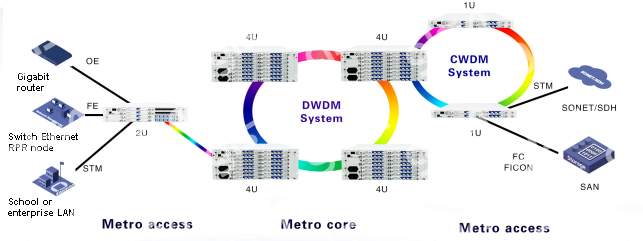
Why Amplifier is important?
Due to the loss and dispersion of the optical fiber, the optical signal will be attenuated and distorted over a long distance transmission. It is necessary to amplify the attenuated signal at the optical repeater and repair the distorted waveform. At the receiving end, the detector converts the optical signal into an electrical signal after receiving it, the original information will be restored after demodulation.
Advantages of Optical Transmission?
Large Capacity and Long Transmission Distance
Small Size, Light Weight, Long Life and Low Cost
High Insulation and High Voltage Resistant
High Temperature and Anti-corrosion
Strong Adaptability and High Confidentiality
80km single Fiber bi-direction 8CH10G DWDM transmission system
Optical Communication Devices
Optical communication consists of a series of optical communication devices. There are active devices and passive devices. Optical active devices are key devices in optical communication systems that convert electrical signals into optical signals or convert optical signals into electrical signals, such as optical transceivers. Optical passive devices mainly include optical fiber patch cables, wavelength division multiplexers(WDM), optical splitters, optical switches, optical circulators and optical isolators, etc.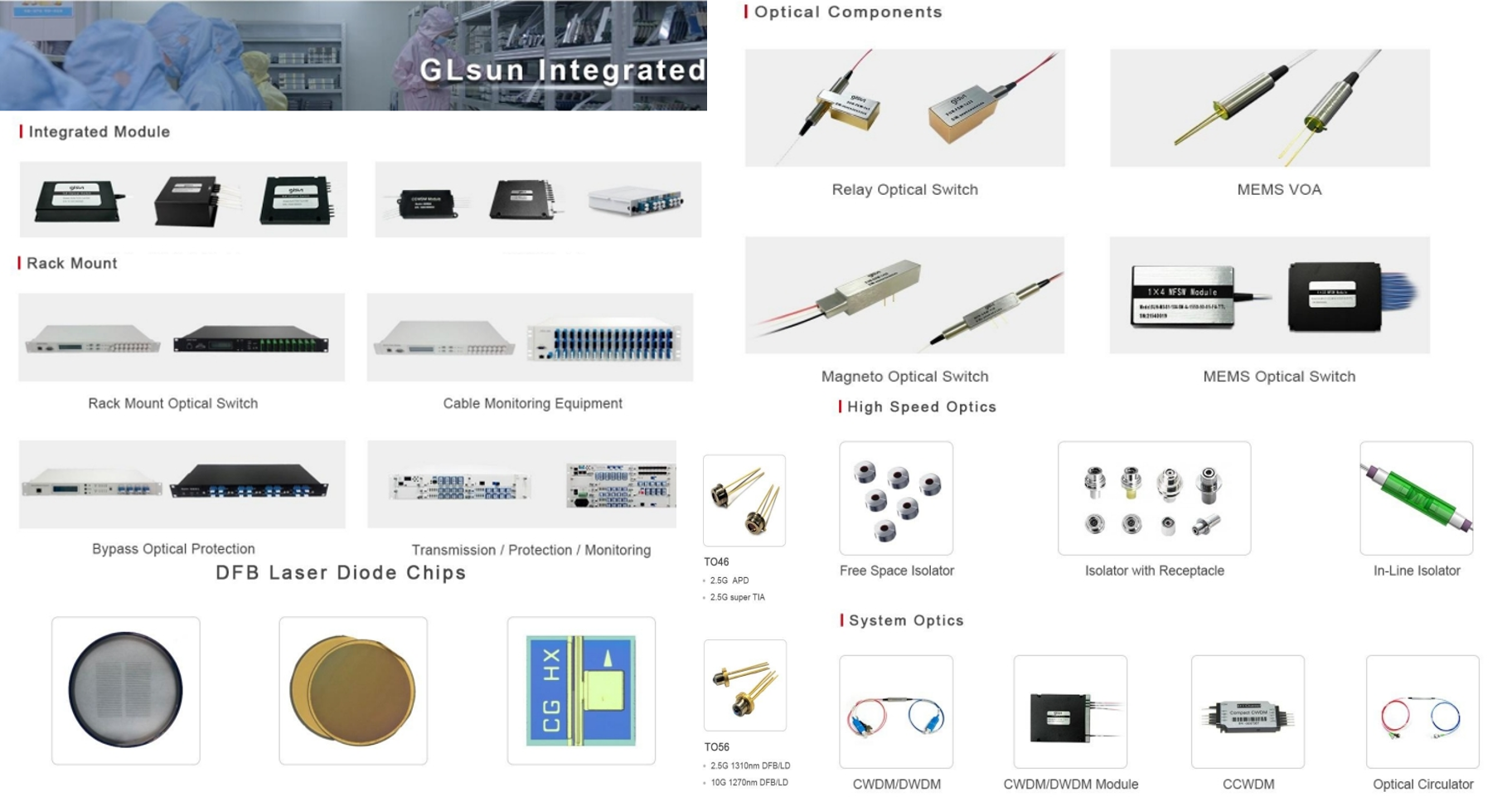
Optical Passive Devices
Optical fiber patch cord is a fiber optic cable with connectors at both ends to realize the connection of optical path. The cable with only one connector is called pigtail.
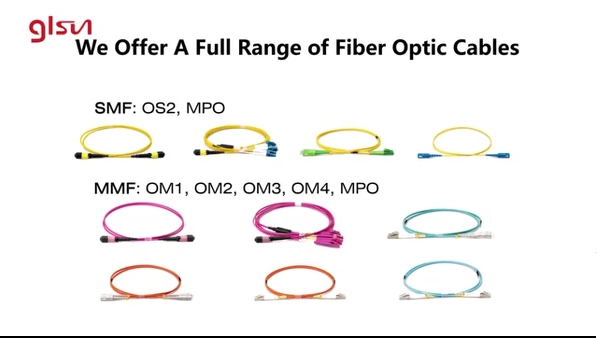
In fiber-optic communications, wavelength-division multiplexing (WDM) is a technology which multiplexes a number of optical carrier signals onto a single optical fiber by using different wavelengths. This technique enables bidirectional communications over a single strand of fiber, also called wavelength-division duplexing, as well as multiplication of capacity.

Optical splitter is an optical device that splits a beam of light in two or more. There are two types of splitters: FBT couplers and PLC splitters.
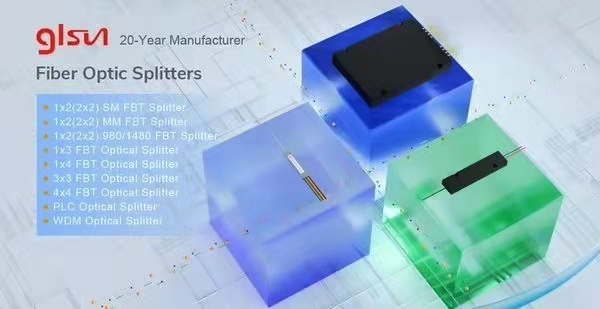
Optical Switch is a device that switches or amplifies optical signals. It is mainly used to realize the physical switching of optical signal or other logical operation in optical path, and is often used as the key device of optical cross connection (OXC) technology to switch optical path.

An optical circulator is a three- or four-port optical device designed such that light entering any port exits from the next. This means that if light enters port 1 it is emitted from port 2, but if some of the emitted light is reflected back to the circulator, it does not come out of port 1 but instead exits from port 3.
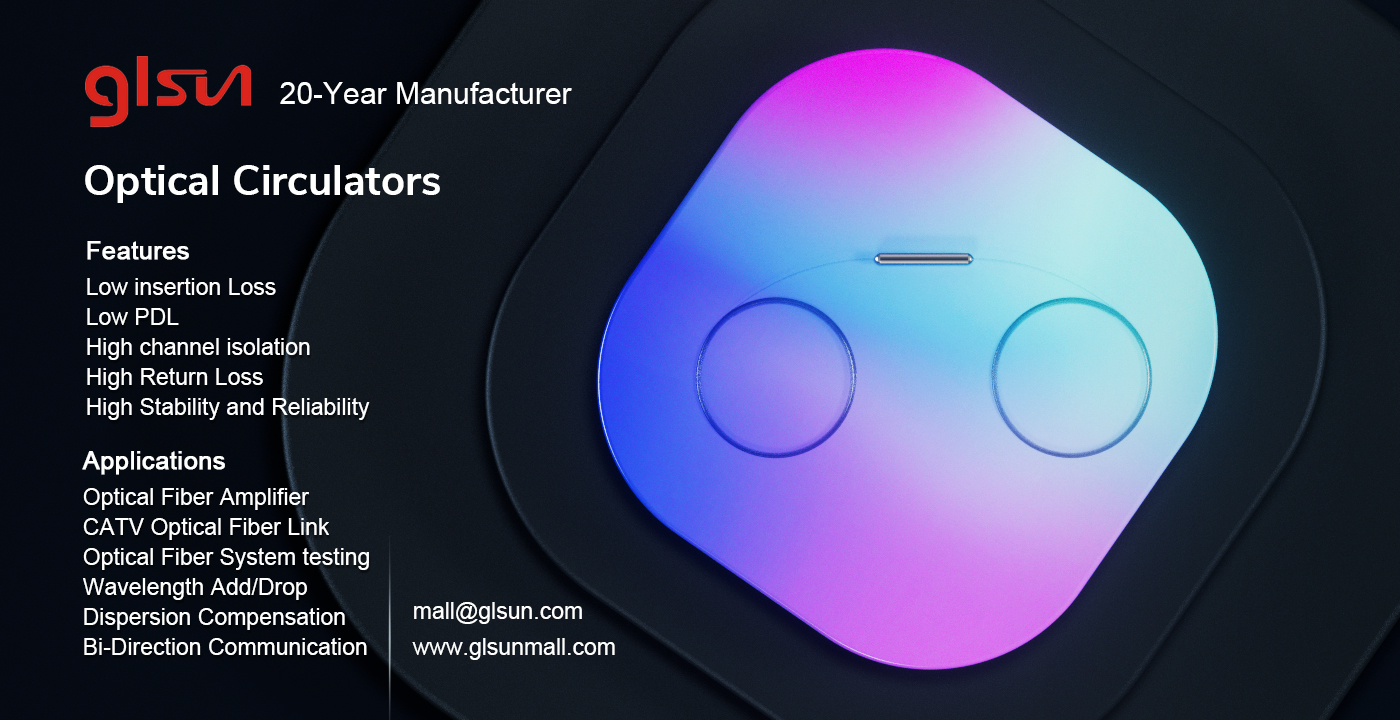






 Guanglong S&T Zone, No.8 High-tech Industry Park Chaoyang Road, Guilin ,Guangxi, China
Guanglong S&T Zone, No.8 High-tech Industry Park Chaoyang Road, Guilin ,Guangxi, China  +86-133-4600-8527
+86-133-4600-8527  alan.shizz@glsun.com
alan.shizz@glsun.com